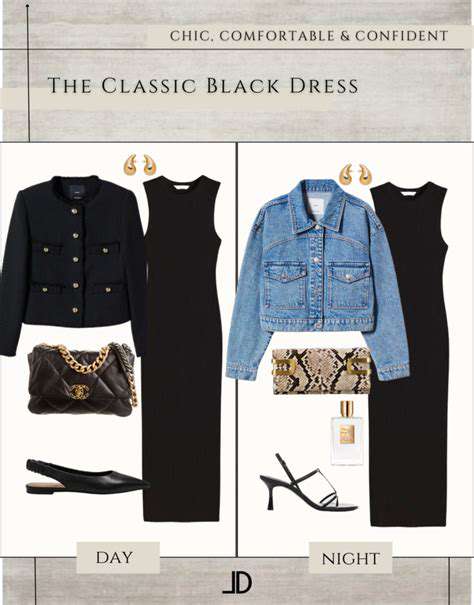How to Project Confidence During an Interview
Nonverbal Communication: The Power of Posture
Before speaking, your body language already tells a story. Standing tall with good posture, making natural eye contact (without staring), and appearing relaxed yet engaged can dramatically influence how people see you. Slouching, avoiding eye contact, or nervous movements might suggest insecurity or lack of interest, working against the positive image you want to create. With conscious effort, improving your posture and movement control can transform how others view your professionalism and self-assurance.
Imagine someone standing straight versus someone hunched over. The first person radiates confidence and interest, while the second might seem unsure or disengaged. Minor tweaks to how you carry yourself can completely change the signals you send, shaping those crucial first impressions.
Dressing Right: The Impact of Your Outfit Choices
What you wear plays a pivotal role in first impressions. Different situations call for different attire - a job interview requires different clothing than a casual meetup with friends. However, across all contexts, dressing neatly and appropriately shows respect for the event and the people involved. A well-tailored suit or polished business casual outfit can communicate professionalism and meticulousness.
Choosing your outfit carefully demonstrates self-respect and consideration for others. It's not just about appearance; it's about showing you're prepared and capable. Overly casual or flashy clothes might send the wrong message. Always consider what your clothing says about you and whether it matches the impression you want to make.
The Universal Power of a Genuine Smile
A real smile works wonders in making you seem friendly and approachable. It shows openness and warmth, helping break the ice and making others more receptive to you. Practice smiling naturally - forced smiles are easy to spot and can backfire.
Smiling isn't just about your face; it reflects your inner state. When you smile, you create positive feelings in yourself and others. This positive energy helps create better first impressions and sets the stage for successful interactions.
Managing Nervousness Like a Pro
Everyone feels nervous sometimes, but it shouldn't ruin your first impression. Recognizing your anxiety and learning to manage it is key. Try deep breathing, positive self-talk, or practicing what you'll say beforehand. Remember that most people feel some nervousness in new situations.
Don't let nerves take over. Acknowledge them, but stay in control. By managing your anxiety, you can appear confident and make a great first impression despite any inner tension.
Eye Contact and Body Language: Building Connections
Good eye contact helps build rapport and shows you're engaged. Looking someone in the eye demonstrates respect and confidence, but too much can feel aggressive. Finding the right balance is crucial for making connections.
Beyond eye contact, your overall body language matters. An open posture, relaxed stance, and attentive gestures show engagement and create a welcoming vibe. Combining good eye contact with positive body language significantly boosts your ability to appear confident and make lasting impressions.

Handling Tough Questions with Confidence
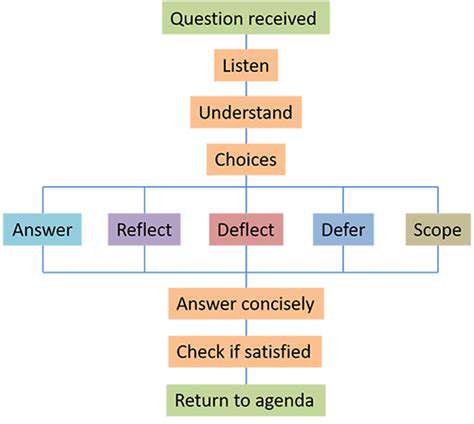
Smart Approaches for Tough Questions
When answering difficult questions, a thoughtful approach works best. First, try to understand why someone is asking - what are they really concerned about? This helps you give a response that actually addresses their needs rather than just a generic answer.
Preparing for tough questions involves several steps. Anticipate possible difficult topics and prepare clear answers in advance. Thinking about follow-up questions makes you even more prepared for thorough discussions.
Listening Carefully and Showing Understanding
Good listening is essential for handling tough questions well. Pay attention not just to words, but also to tone and body language. This helps you understand the emotions behind the question so you can respond appropriately.
Using understanding phrases like I see your point or That's a valid concern can reduce tension and create better dialogue. This approach shows respect while keeping the conversation productive.
Giving Clear, Straightforward Answers
When answering tough questions, be clear and concise. Avoid technical terms or long-winded explanations that might confuse people. Rambling or overly complex answers often make situations worse. Organized, structured responses work best.
Breaking complex issues into smaller parts can make your answers clearer. This focused approach helps ensure your main points come across effectively.
Recognizing and Responding to Concerns
Difficult questions often come from real concerns. Acknowledging these, even if you disagree, shows respect and keeps dialogue open. This can reduce defensiveness on both sides.
When possible, offer alternative viewpoints or solutions. This solution-focused approach builds trust and leads to better outcomes.
Developing Confidence Through Practice
Regular Practice Builds Real Confidence
Practicing regularly in realistic situations makes you more comfortable and self-assured. Repeating skills reduces anxiety when you face real challenges.
Consistent practice creates muscle memory and mental readiness, helping actions become natural. Over time, hesitant movements turn into confident ones.
Practice in realistic settings to get the most benefit. This helps you spot potential issues and adapt, further boosting confidence.
Preparation: Your Confidence Foundation
Good preparation gives you the knowledge and tools to handle situations well. When you're prepared, nervousness decreases and confidence comes naturally.
For specific events like presentations, research, rehearse, and anticipate questions. This proactive approach helps you stay confident under pressure.
A clear plan reduces uncertainty that can undermine confidence. The better prepared you are, the more you can focus on delivering your message powerfully.
Learning Through Role-Playing
Role-playing lets you practice high-pressure situations safely, building confidence through experience. These exercises show both strengths and areas needing work.
Practicing with others gives immediate feedback on your communication, body language, and responses. This helps refine your approach and increase assurance.
Role-playing also makes real situations feel less intimidating. The more you practice, the more natural and confident you become.
The Power of Confident Body Language
How you carry yourself significantly affects how confident you appear. Open postures, steady eye contact, and purposeful movements enhance your presence.
Being aware of your body language ensures it matches your message. This consistency strengthens your credibility.
Recording practice sessions helps spot unconscious habits. Adjusting these over time leads to more authentic confidence.
Cultivating a Success Mindset
Positive self-talk replaces doubt with confidence. Affirmations and encouraging thoughts set the stage for successful interactions.
Visualizing success beforehand boosts belief in yourself. This mental preparation builds resilience.
Viewing mistakes as learning opportunities fosters growth. This perspective supports continuous confidence improvement.
Using Feedback to Grow
Constructive feedback from trusted sources provides valuable growth insights. Welcoming feedback accelerates your progress.
Regular self-reflection helps track improvement and identify ongoing challenges. Adjusting your approach based on experience leads to better results.
Remember, confidence develops gradually through persistent effort. Embracing continuous learning ensures steady progress on your confidence journey.
Read more about How to Project Confidence During an Interview
Hot Recommendations
- Grooming Tips for Your Bag and Wallet
- Best Base Coats for Nail Longevity
- How to Treat Perioral Dermatitis Naturally
- How to Use Hair Rollers for Volume
- How to Do a Graphic Eyeliner Look
- Best DIY Face Masks for Oily Skin
- Guide to Styling 4C Hair
- Guide to Improving Your Active Listening Skills
- How to Fix Cakey Foundation
- Best Eye Creams for Wrinkles
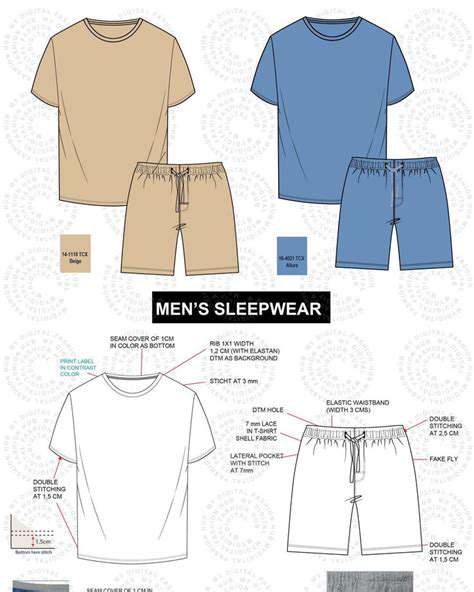



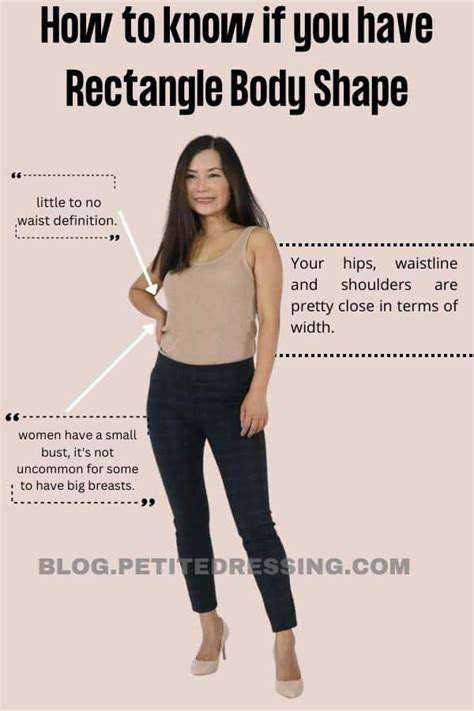



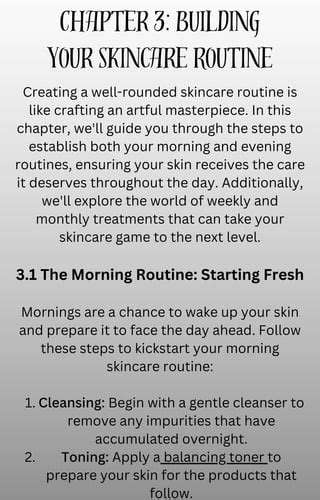
![What to Wear to the Gym [Stylish & Functional]](/static/images/29/2025-05/AccessoriesThatEnhanceYourExperience.jpg)
